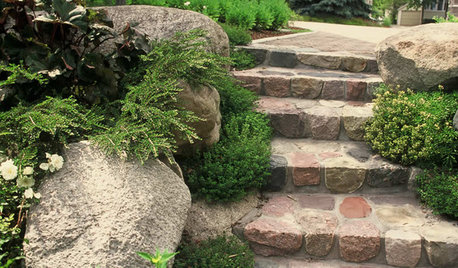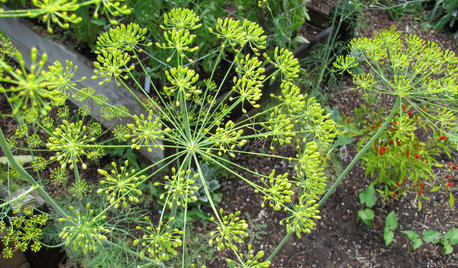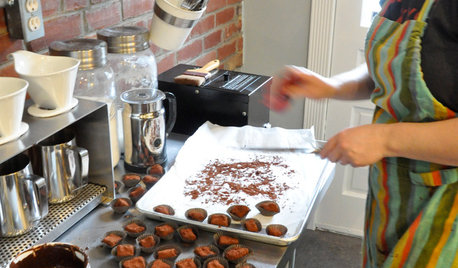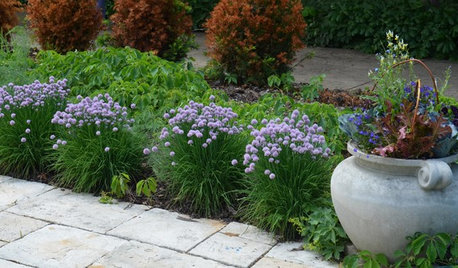WANTED: Tasty Peaches
snidelywhiplash z5b
12 years ago
Related Stories

EDIBLE GARDENSHerb Garden Essentials: How to Grow Thyme
Common thyme and its flavorful cousins are anything but ordinary in the garden
Full Story
EDIBLE GARDENSHerb Garden Essentials: Grow Your Own Tasty, Frilly Dill
Flavor your food and attract butterflies with easy-care (and pretty) dill in the garden
Full Story
EDIBLE GARDENSHow to Grow Your Own Peaches and Nectarines
Make gardening a little sweeter with these juicy fruits, which you can eat after plucking or preserve for later
Full Story
HOUZZ TOURSHouzz Tour: Georgia Peach Grows California Roots
Southern Glamour and Bay Views Combine in Lush San Francisco Home
Full Story
COLORSpring Forecast: Dare to Love Peach Again
8 Succulent Spaces Show How to Welcome Peach Back Home
Full Story
COLORHow to Choose a Paint Color
Designers offer tips for examining your closet, memories and daily life to find the right paint colors for your home
Full Story
LIFEHow to Handle Inherited Things You Don’t Really Want
Whether you’ve inherited a large collection of items or a single bulky piece of furniture, it’s OK to let it go if you don’t need or want it
Full Story
KITCHEN DESIGNLove to Cook? We Want to See Your Kitchen
Houzz Call: Show us a photo of your great home kitchen and tell us how you’ve made it work for you
Full Story
GARDENING GUIDESEdible Plants That Double as Ornamentals
Try growing these tasty plants with your ornamentals for an attractive garden and fresher meals
Full Story




theaceofspades
olpea
Related Discussions
WANTED: wanted peach jacobs ladder
Q
WANTED: Tasty Rhubarb variety
Q
Wanted: Sweet Tasty Strawberries
Q
WANTED: Wanted: Peach Melba or Gleam Salmon Nasturtium
Q
denninmi
sautesmom Sacramento
franktank232
cebury
fruitnut Z7 4500ft SW TX
olpea
kokopelli5a
fruitnut Z7 4500ft SW TX
snidelywhiplash z5bOriginal Author
cebury
snidelywhiplash z5bOriginal Author
olpea